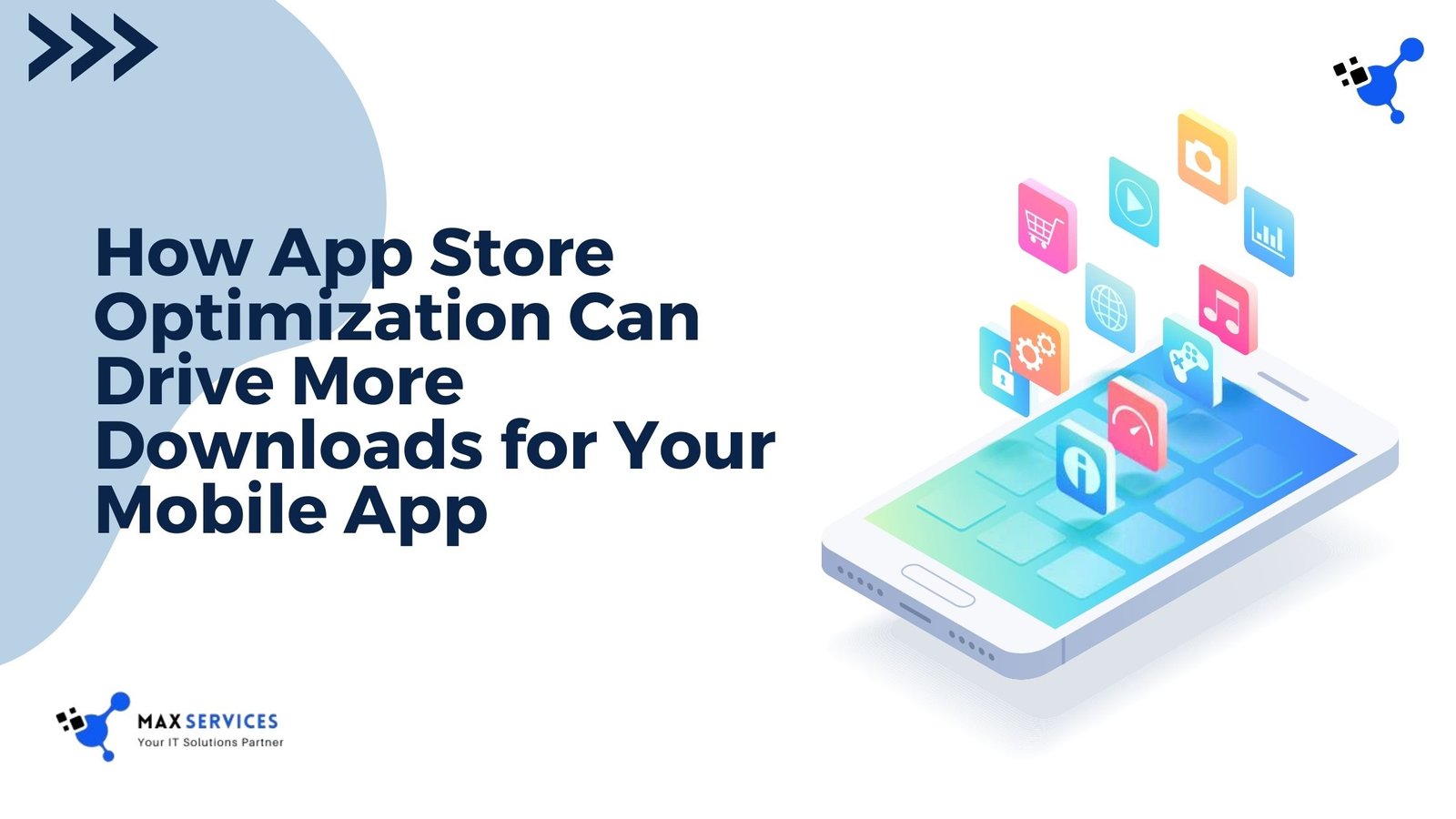
Natural Language Processing (NLP) is a subfield of artificial intelligence (AI) and computer science that focuses on the interaction between computers and human (natural) languages. NLP has become an essential aspect of technology, powering a wide range of applications from voice assistants like Siri and Alexa to language translation tools like Google Translate.
The Importance of Natural Language Processing (NLP)
In an increasingly digital world, vast amounts of information are communicated through text and speech. NLP allows machines to process and analyze this data, making it possible to:
- Enhance Communication: NLP facilitates seamless interaction between humans and machines.
- Extract Insights: It enables businesses and researchers to extract valuable insights from unstructured data.
- Automate Repetitive Tasks: By automating tasks such as email sorting, chat support, and document summarization, NLP increases efficiency.
- Bridge Language Barriers: NLP-powered translation tools help people communicate across different languages.
Key Concepts in Natural Language Processing (NLP)
Tokenization
These tokens can be words, phrases, or sentences. Tokenization is the first step in most NLP tasks as it helps in organizing and structuring text data.
Lemmatization and Stemming
While stemming uses heuristic methods to chop off word endings, lemmatization relies on vocabulary and morphological analysis to arrive at the base form.
Part-of-Speech Tagging (POS)
POS tagging involves identifying the grammatical role of each word in a sentence (e.g., noun, verb, adjective). This helps in understanding sentence structure and meaning.
Named Entity Recognition (NER)
For instance, in the sentence, “Apple released a new iPhone in California,” NER would identify “Apple” as a company and “California” as a location.
Sentiment Analysis
It is widely used in social media monitoring and customer feedback analysis.
Dependency Parsing
Dependency parsing examines the grammatical structure of a sentence and establishes relationships between “head” words and their dependents.
Techniques in Natural Language Processing (NLP)
- Rule-Based Systems: Early NLP systems were rule-based, relying on handcrafted linguistic rules. While effective for specific tasks, these systems lacked scalability and adaptability.
- Statistical Methods: Statistical NLP emerged in the 1990s, leveraging large datasets and probabilistic models to analyze language. Techniques such as Hidden Markov Models (HMMs) and Conditional Random Fields (CRFs) became popular.
- Machine Learning: Machine learning revolutionized NLP by enabling systems to learn patterns from data. Algorithms such as support vector machines (SVMs) and decision trees were widely used.
- Deep Learning: Deep learning has brought significant advancements in NLP. Neural networks, particularly recurrent neural networks (RNNs) and transformers, have enabled breakthroughs in language modeling and understanding.
- Pretrained Models: Pretrained models like BERT (Bidirectional Encoder Representations from Transformers), GPT (Generative Pretrained Transformer), and T5 (Text-to-Text Transfer Transformer) have set new benchmarks in NLP.
Applications of NLP
- Machine Translation: NLP powers machine translation tools like Google Translate, enabling accurate and fluent translations between languages.
- Speech Recognition: Voice assistants like Siri and Alexa use NLP for speech-to-text conversion and natural language understanding.
- Chatbots and Virtual Assistants: NLP-driven chatbots provide customer support, answer queries, and even assist in mental health counseling.
- Sentiment Analysis: Businesses use sentiment analysis to gauge public opinion, monitor brand reputation, and analyze customer feedback.
- Information Retrieval: Search engines like Google rely on NLP to understand user queries and retrieve relevant information.
- Text Summarization: NLP algorithms generate concise summaries of long documents, making it easier to extract key points.
- Question Answering: Question answering systems, such as those used in search engines and educational platforms, provide precise answers to user queries.
- Text Classification: Spam detection, topic categorization, and document sorting are some tasks enabled by text classification.
- Healthcare Applications: NLP is used in healthcare for analyzing patient records, extracting medical insights, and facilitating telemedicine.
Challenges in NLP
- Ambiguity: Natural language is inherently ambiguous. Words and sentences often have multiple meanings, making interpretation difficult.
- Context Understanding: Understanding context is crucial for accurate language interpretation. This includes grasping cultural nuances, idiomatic expressions, and evolving language trends.
- Resource Scarcity: While some languages have extensive linguistic resources, others lack annotated datasets and tools.
- Scalability: Processing large volumes of data in real-time requires significant computational power and efficient algorithms.
- Bias and Fairness: NLP models can inherit biases present in training data, leading to unfair or discriminatory outcomes.
Future of Natural Language Processing (NLP)
The future of NLP is promising, with ongoing advancements in AI and cloud computing power.
Key trends include:
- Multimodal Natural Language Processing (NLP): Integrating text, audio, and visual data for more comprehensive understanding.
- Low-Resource Languages: Developing tools and models for underrepresented languages.
- Real-Time Processing: Enhancing the speed and efficiency of NLP systems for real-time applications.
- Explainable AI: Creating interpretable NLP models to build trust and ensure accountability.
- Ethical NLP: Addressing bias and ensuring fairness in language models.
Conclusion
Natural Language Processing has transformed how humans interact with technology. From enhancing communication to automating tasks, NLP plays a pivotal role in various domains. As the field continues to evolve, it promises to unlock new possibilities, making technology more accessible and intelligent.


